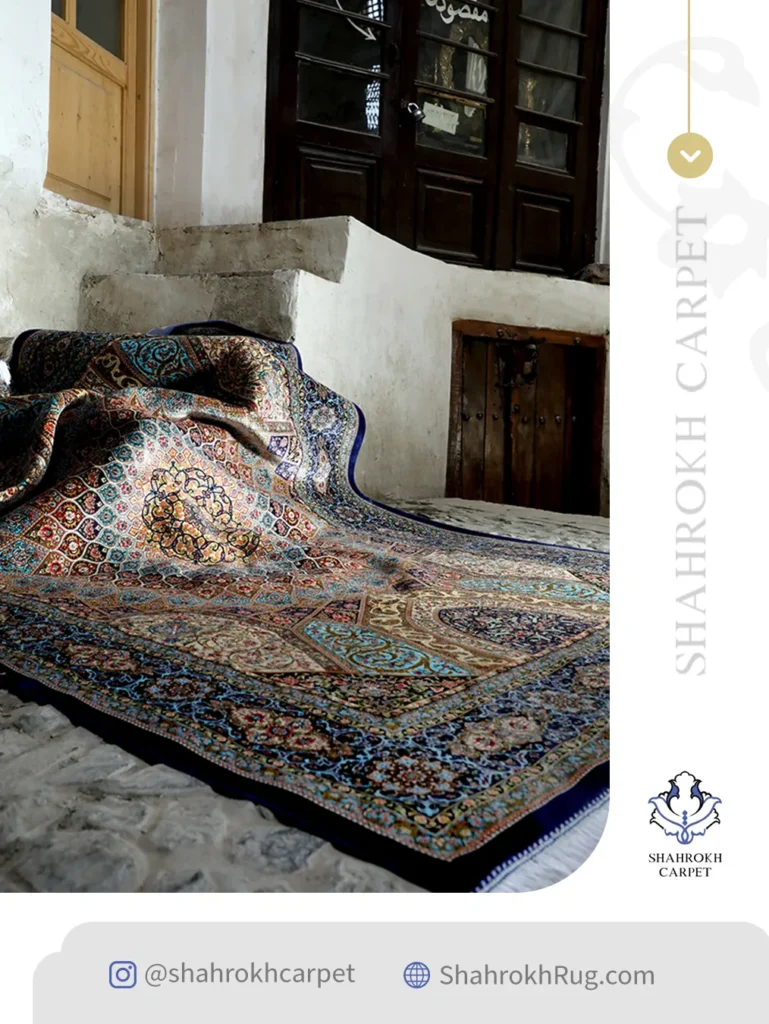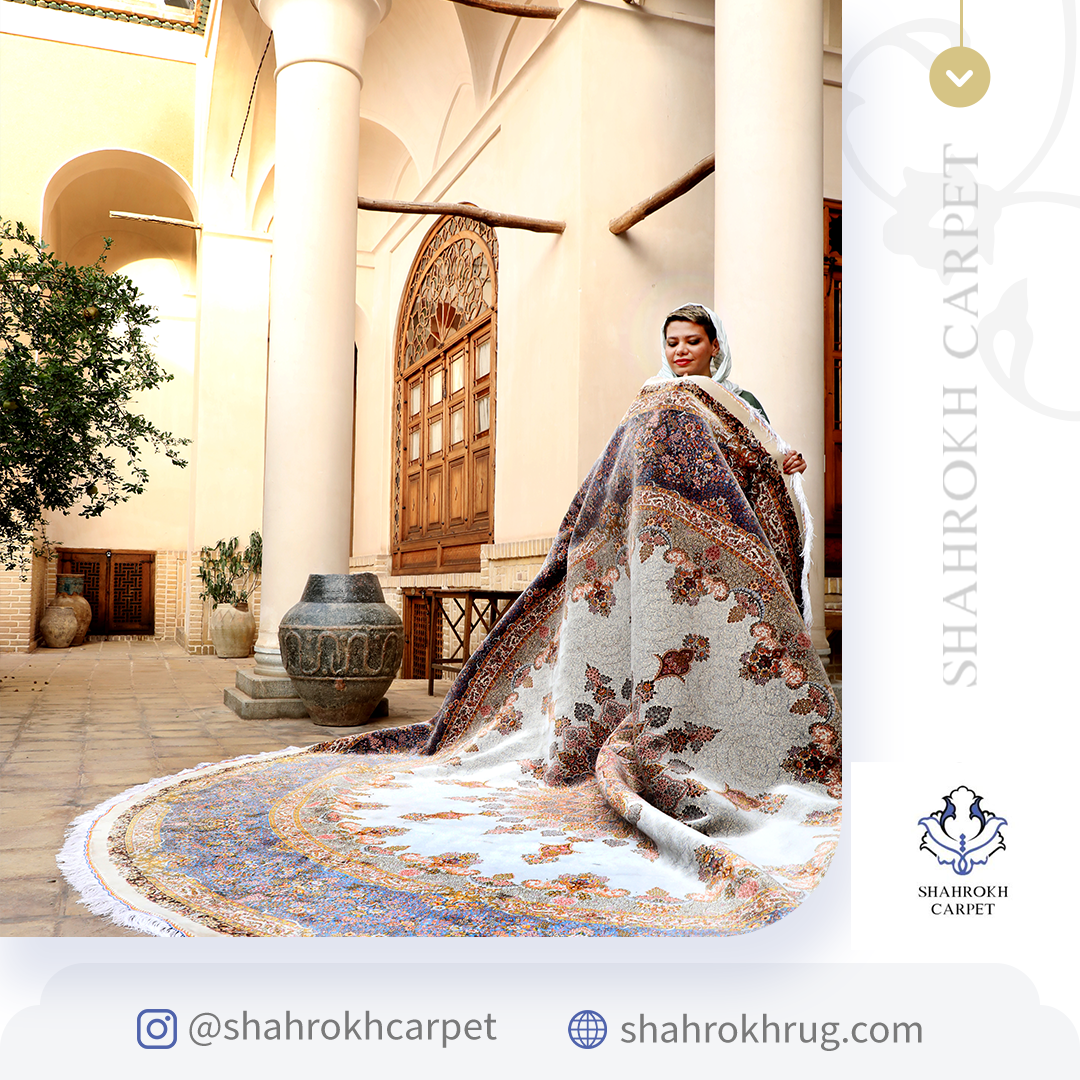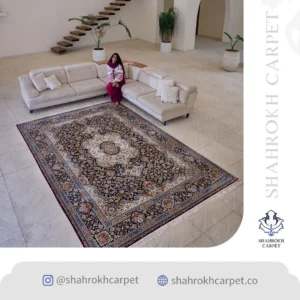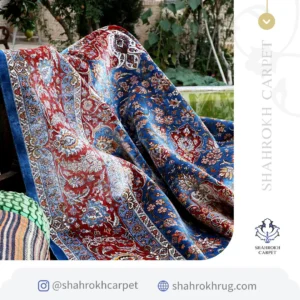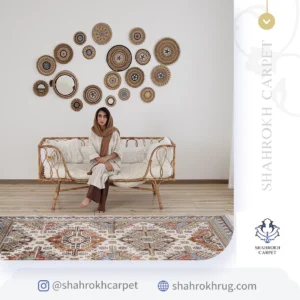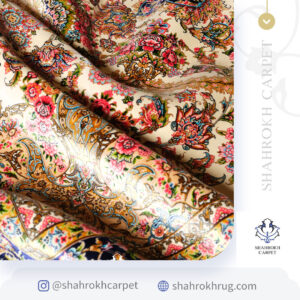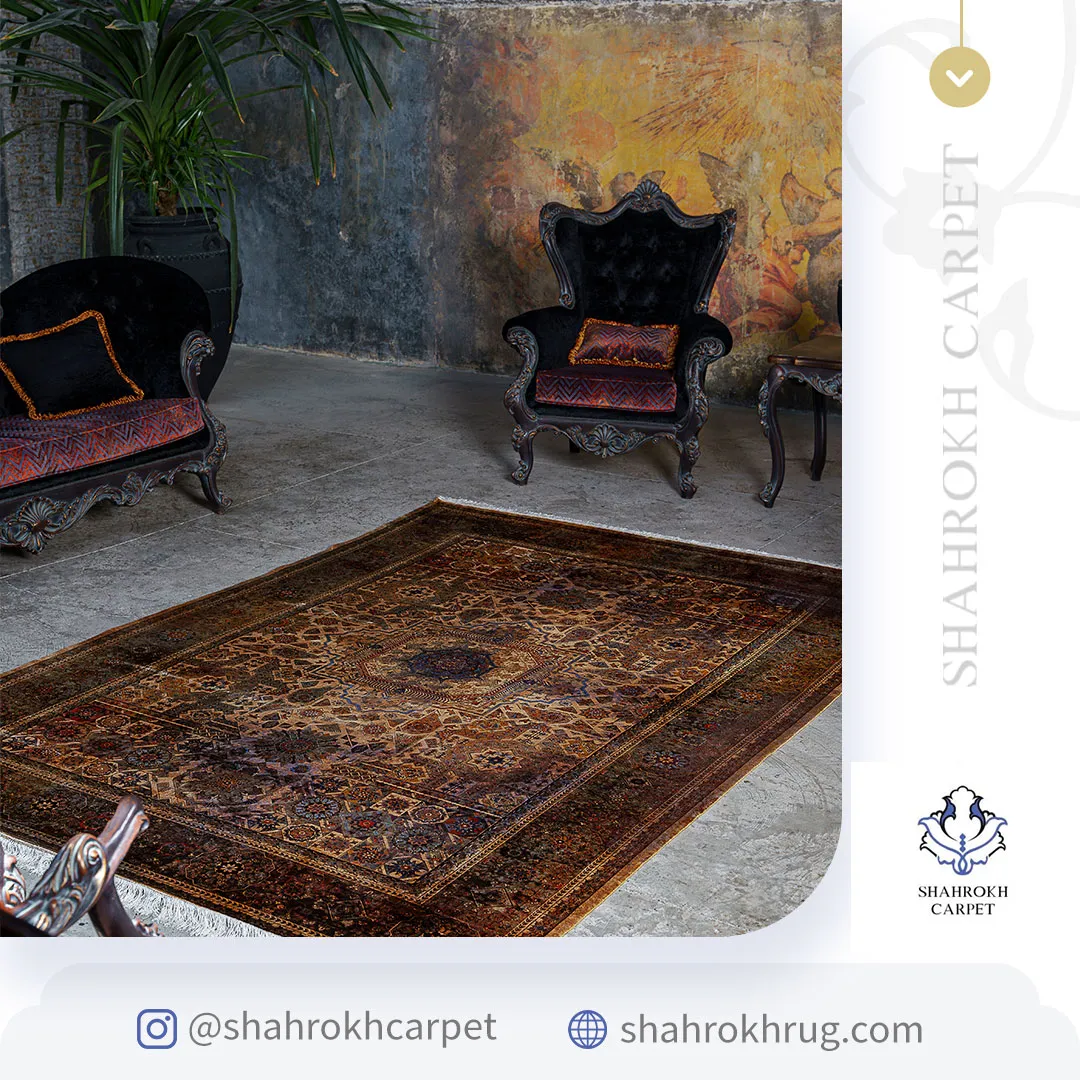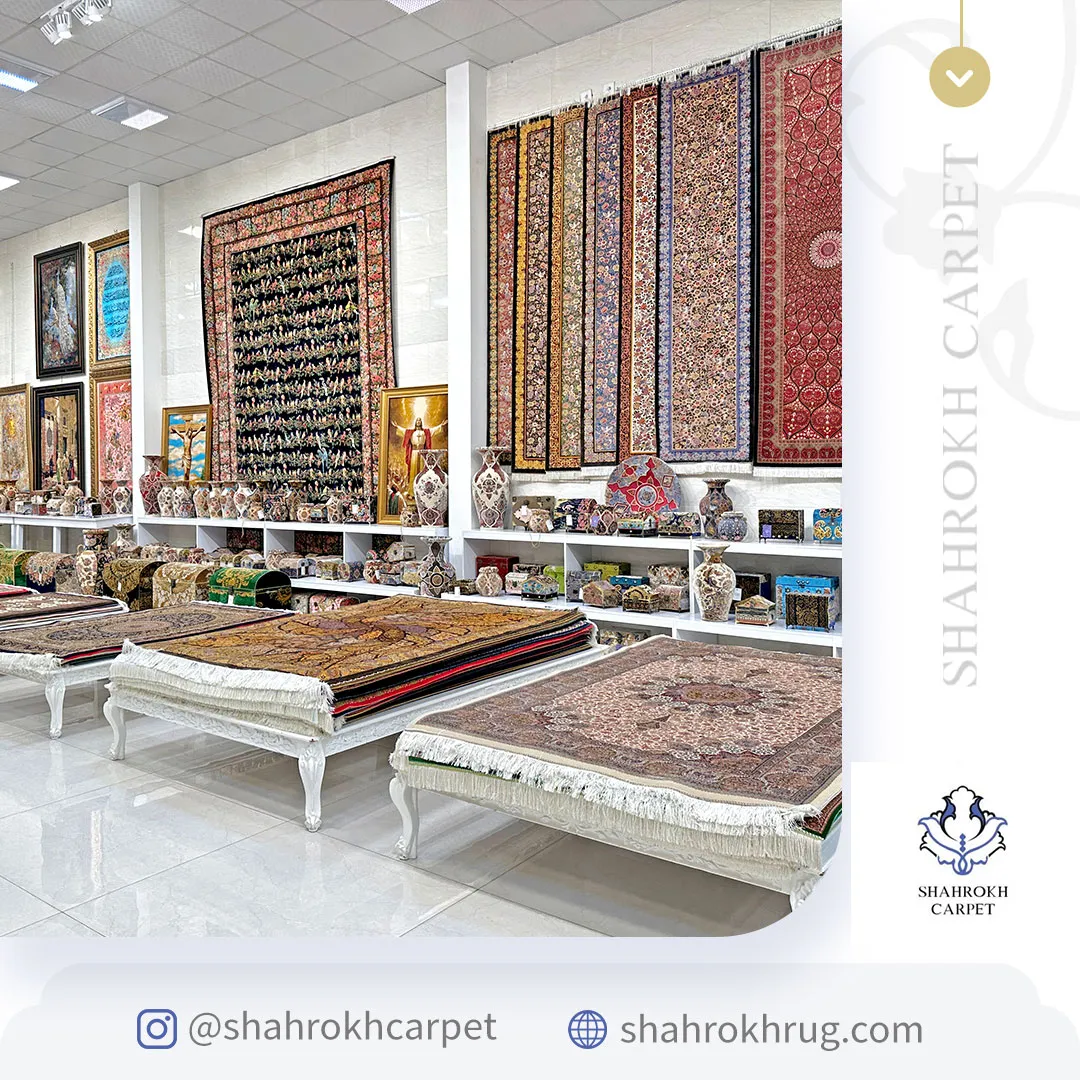Persian rugs could be evaluated in terms of their knotting techniques, raw materials, craftsmanship, and their origin. You could use the advice below to assess the quality of Persian rugs, especially if they are made by machines. This could be helpful if you, as a wholesaler or retailer, want to make sure about what you buy as high-quality Persian rugs.
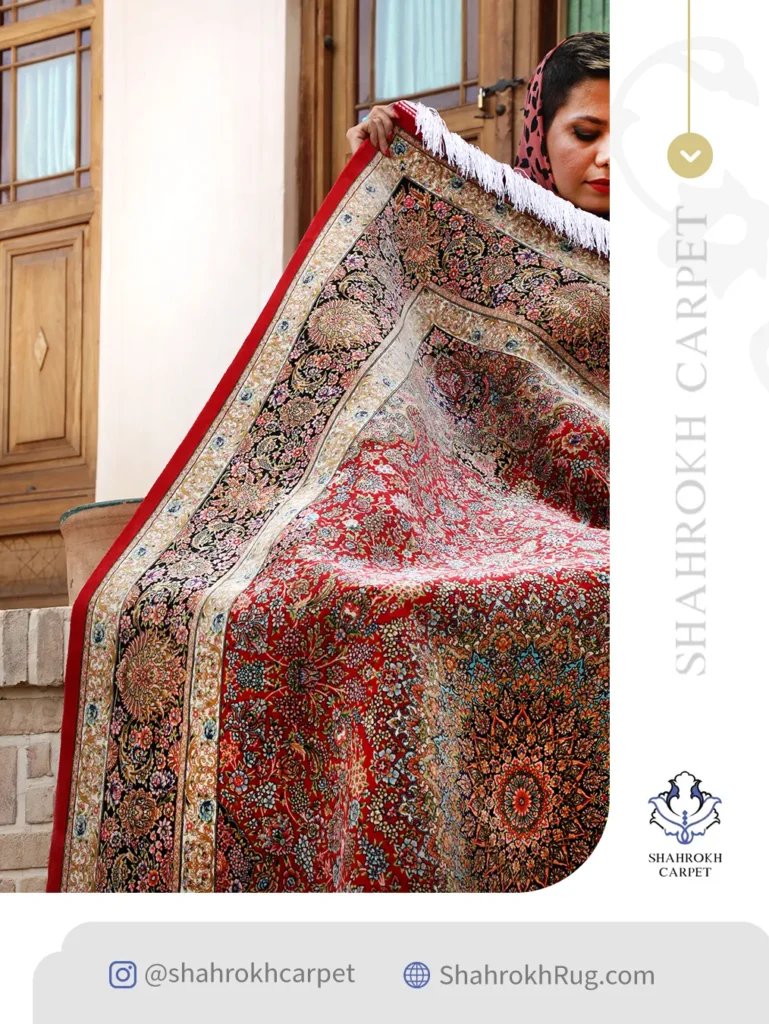
1. Materials
Premium Persian hand-made rugs are associated with wool and silk as two main kinds of pile yarn materials. Wool, especially sheep wool, gives a plush feeling to the rugs, featuring a shine and special smell that reminds you of pure beauty of nature. Machine-made rugs that are supposed to look like wool rugs are usually made of acrylic. Unfortunately, acrylic yarn is chemical and sheds. Its shedding has a bad impact on the consumers’ health. Silk, on the other hand, is a kind of raw material that give a luxurious appearance to rugs and is good to depict finest details of a delicate design on a Persian carpet design. If you burn one single thread of natural silk yarn, it will not smell like plastic. While burning, it will not drop like a candle. Machine-made rugs which are supposed to look like silk could use viscose yarn as substitute.
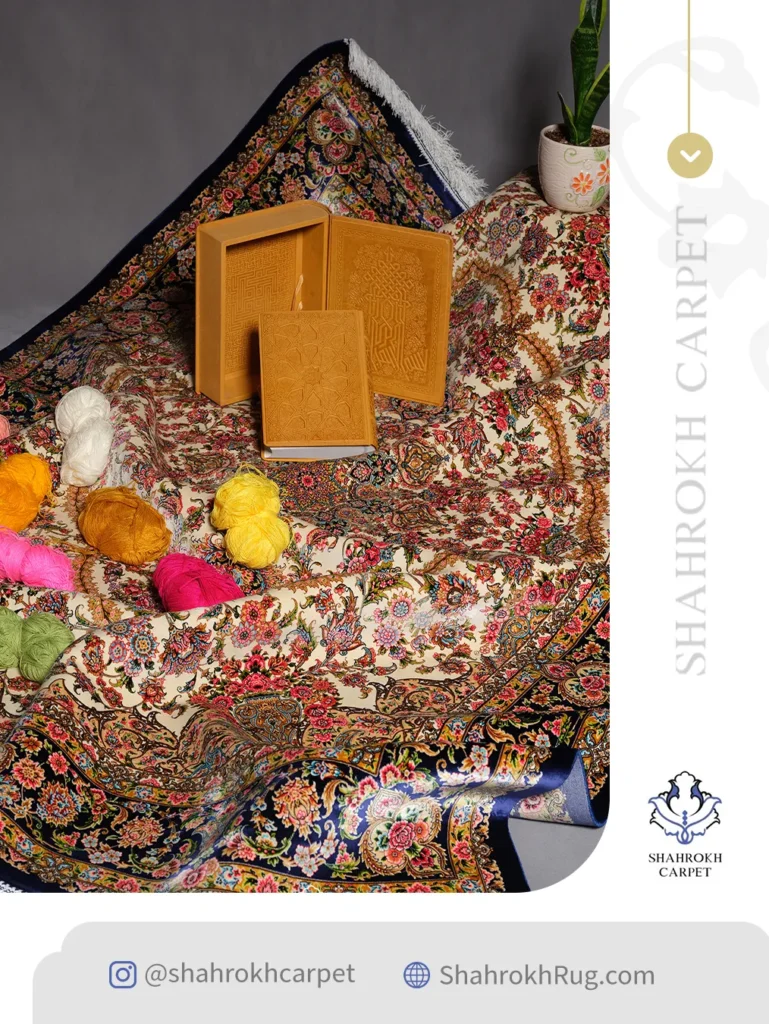
2. Knot Density & Pile
Persian hand-made rugs are usually judged by the density of their knots. The higher knots per meter they have, the more beautiful they look. As far as Persian machine-made rugs are concerned, they are usually featured by reeds per meter. Shahrokh Company, for example, manufactures machine-made rugs in 1200 and 1700 reeds per meter. The latter is among the densest machine-woven rugs in the world. Persian rugs, whether handmade or machine-made, have a global reputation for being the finest rugs in the world.
– Pile Quality:
The surface of Persian rugs is usually examined very carefully when rug experts want to buy or sell them. The pile surface is supposed to be even. Handmade rugs are finished by hand, and this makes it more difficult to keep the pile surface even. Machine-woven rugs are mainly finished by machines. In the trimming stage of this finishing process, very sharp blades remove a layer of the pile surface. They usually work very precisely if they are set properly by their operators. However, Shahrokh Company manufactures an exceptional rug which is 1700 reeds per meter, which is woven by machinery but finished by hand. This innovation has resulted in hand look silk rugs, which look luxurious.
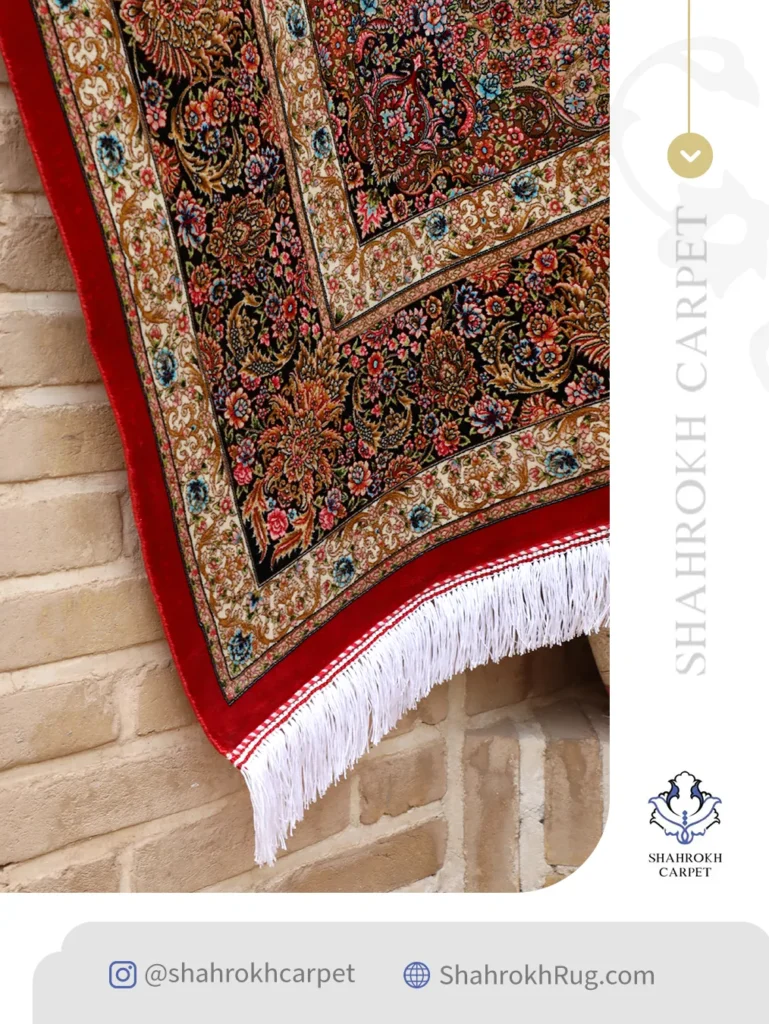
3. Design & Pattern
– Complexity & Symmetry:
One thing you would quickly recognize as the main feature of classic Persian rug designs is their intricate, symmetrical patterns. They usually consist of floral motifs, a medallion, and four triangle-like shapes in four corners of the rugs.
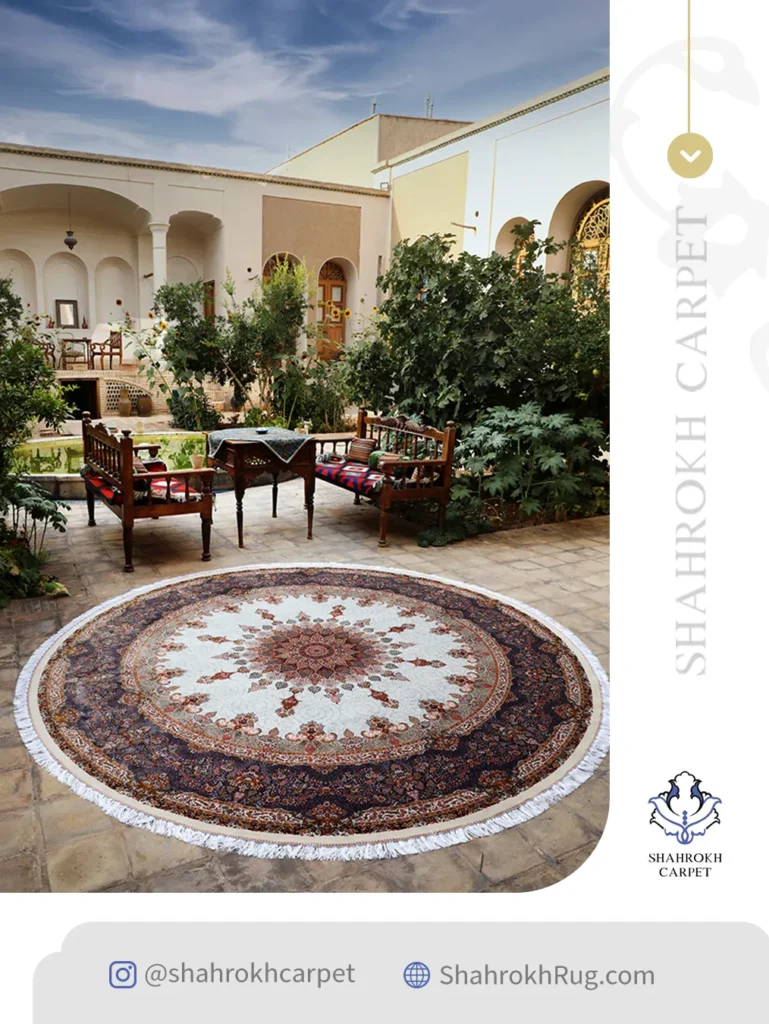
– Color Use:
Natural dyes are usually used to produce hand-knotted Persian rugs, they are healthier than the synthetic dyes used to produce machine-made rugs. However, natural dyes usually fade over time and that is one of the ways of judging the age of hand-knotted rugs.

5. Finish & Edges
– Fringes:
Handmade Persian rugs have fringes that are the extension of their warp yarns. However, the fringes of machine-woven rugs are stitched to them. Most machine-stitched fringes are too big and do not look fine enough. However, the fringes of 1700-reed machine-made rugs manufactured by Shahrokh Company are sewn by hand. That is why you can hardly recognize their difference with real handmade Persian rugs. Technically, if you pull one string of machine-made rug fringes, you can take it out of the rug fringe.
– Backing:
The design on the surface of handmade Persian rugs could be seen on their backs. The warp and weft yarn are not visible on the handmade carpet backing. Regarding the back of machine-made Persian rug, you can easily recognize the white warp yarns that could be made polyester and cotton.
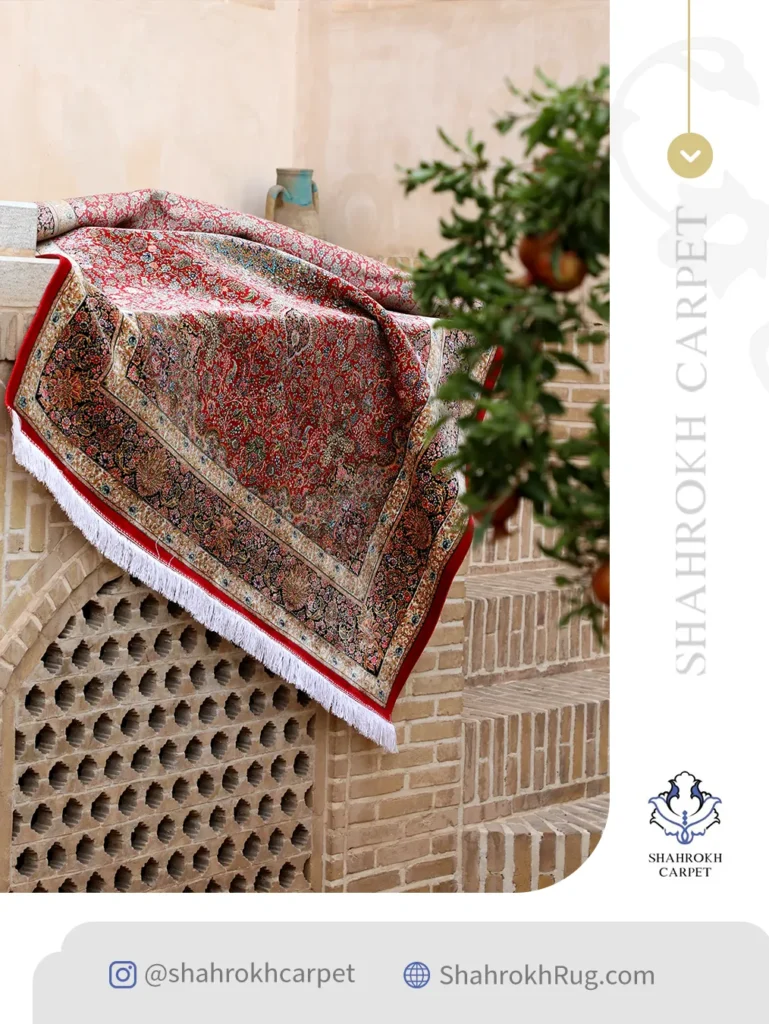
– Fringes:
Handmade Persian rugs have fringes that are the extension of their warp yarns. However, the fringes of machine-woven rugs are stitched to them. Most machine-stitched fringes are too big and do not look fine enough. However, the fringes of 1700-reed machine-made rugs manufactured by Shahrokh Company are sewn by hand. That is why you can hardly recognize their difference with real handmade Persian rugs. Technically, if you pull one string of machine-made rug fringes, you can take it out of the rug fringe.
– Backing:
The design on the surface of handmade Persian rugs could be seen on their backs. The warp and weft yarn are not visible on the handmade carpet backing. Regarding the back of machine-made Persian rug, you can easily recognize the white warp yarns that could be made polyester and cotton.
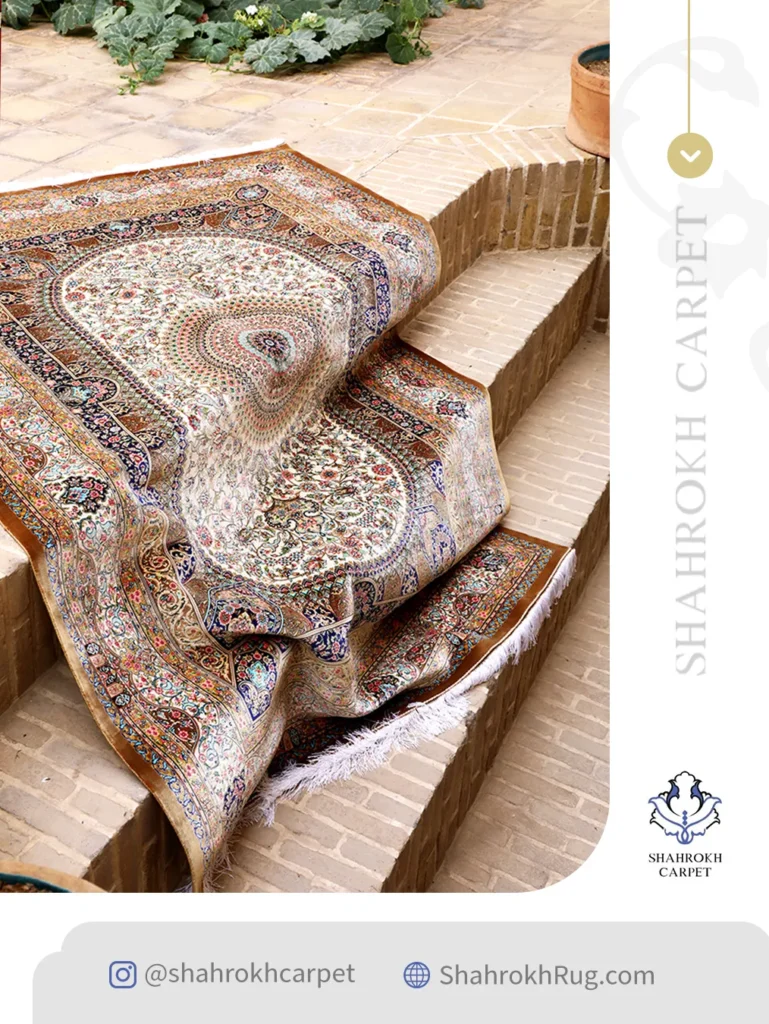
7. Condition & Signs of Quality
– Wear:
High quality handmade Persian rugs are usually durable against wearing. Even if you use them in areas with high foot traffic, they will show minimal wear after a decade. However, most of machine-made Persian rugs are not resistant against wearing. Machine-made rugs made of acrylic usually last for up to 10 years, but so-called silk machine-made rugs would last less.
– Symmetry & Accuracy: Symmetry in the design and consistent knotting are signs of meticulous craftsmanship.
Although machines usually do not make any mistakes with the symmetry of designs, this valuable feature is achieved in a handmade Persian rug only when do the weavers have a great craftsmanship. Interestingly, one way to recognize that hand look silk rugs produced by Shahrokh Company are not handmade is to consider the spotless symmetry of their designs. Rarely can a handmade rug be that perfectly symmetric no matter how skillful its weaver is.
You could use the criteria mentioned above to check if how high quality a Persian rug is. Try to examine its design elements, surface, back and fringe according to the guidelines in this article.
